by: Max Crampton-Thomas
4 Min read January 2021 — When the COVID-19 pandemic emerged in the United States, it was quickly followed by mandatory closures for businesses and local economies to try and control the spread of the virus. Only a few sectors of the economy were deemed “essential businesses” and allowed to continue operations through the height of the pandemic, all of which was left at the discretion of each state. In Florida, the construction industry had the good fortune to be deemed an “essential business” and was able to continue working in accordance with strict guidelines set by state and local governments. Invest: Miami 2020 spoke with leaders in the construction industry in the region who detailed how they were pushing through and finding opportunities in an extremely challenging time.
Misha Mladenovic, President, M2E Consulting Engineers
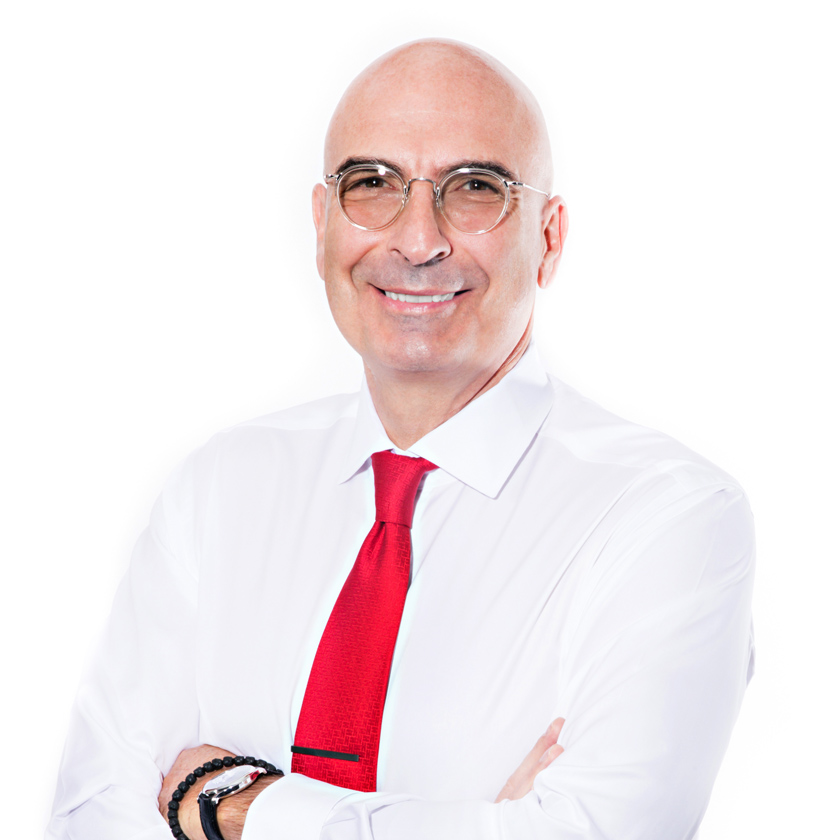 We are a fairly large company that taps into different markets. In condominium markets, the only projects that are going up are those that are either self-financed or not contingent on a certain percentage of sales. Those are very few and we are happy to have been retained on those. But there isn’t the boom that we had post 2008-2009. Between 2011 and 2013, we had between 12 and 15 new condominiums in the works at any given time. Today, we are finishing those that we started but the condominium market is kind of thin, to put it mildly. That being said, the older buildings still need to have work done. We’ve seen a slight uptick on projects for the mature condominium market. Concrete restoration, roof repair, water intrusion and others have been the focus recently.
We are a fairly large company that taps into different markets. In condominium markets, the only projects that are going up are those that are either self-financed or not contingent on a certain percentage of sales. Those are very few and we are happy to have been retained on those. But there isn’t the boom that we had post 2008-2009. Between 2011 and 2013, we had between 12 and 15 new condominiums in the works at any given time. Today, we are finishing those that we started but the condominium market is kind of thin, to put it mildly. That being said, the older buildings still need to have work done. We’ve seen a slight uptick on projects for the mature condominium market. Concrete restoration, roof repair, water intrusion and others have been the focus recently.
The segment that is going very strongly are the rental apartment buildings. That’s a product that is much easier to finance from a developer’s standpoint, and at lower risk because you are pledging the rents instead of having to close on those units. So, even though there is a fairly favorable mortgage market, we have a bunch of millennials who do not want to own yet. They prefer to rent and have the ability to be in a building with a lot of amenities.
The strongest market, and one that’s heavily undersupplied, is the single-home market. There is a push from the metropolitan market into the suburbs and the single-family home space. We’re general consultants for Lennar Homes, which at any given moment can start new communities by the dozens and they can’t build those homes fast enough. That is the least affordable product that can be still found in the market but now, with the psychological stigma of being in very dense and populated areas, people actually don’t mind living in the suburbs, particularly because they are working from their living rooms or home office.
The other market that’s very strong is industrial. Amazon is coming to Homestead but also, even if it’s not Amazon, the fact that you have so much being done online basically means that warehousing of goods and the ability to move them around is going to be very important. Even retailers and quasi retailers are now storing their goods in warehouses because they would prefer not to pay Amazon to sell their goods. That sector is quite good.
Jonathan Cuesta, President, Dade Construction
Many companies are saying that they can downsize and work from home, and that that’s more comfortable. Unfortunately, as a 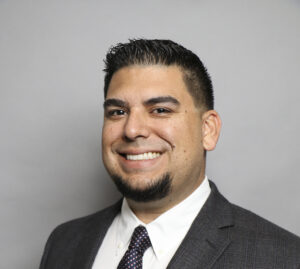 construction company, we have not been able to work from home. We haven’t seen any innovation on that side. Customers have talked about downsizing but we haven’t seen anybody pull the trigger on that. Maybe the sentiment that we’re feeling right now is that people are getting over the pandemic, they are not so fearful anymore.
construction company, we have not been able to work from home. We haven’t seen any innovation on that side. Customers have talked about downsizing but we haven’t seen anybody pull the trigger on that. Maybe the sentiment that we’re feeling right now is that people are getting over the pandemic, they are not so fearful anymore.
What I’m hearing from employers who are working from home is that for the first few months it sounded cool, and they felt they were going to be more productive. Now, they’re seeing that some people want to get dressed and they want to go to work and have that sense of purpose and not being caged up for so long.
Edward Easton, Founder, Chairman & CEO, The Easton Group
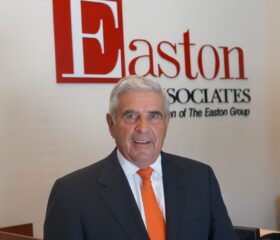 Industrial sector occupancy remained strong, rents are going up and everyone benefits. We believe land scarcity and construction costs will continue to foster this trend as it raises the cost to get into the game, helping existing properties tremendously. It’s hard to tell what the losses from the retail side of things will be and the impact from the airport shutdown will ripple through the sector, but the e-commerce side of it will somewhat offset that. Our guess is there will be moderately increased levels of vacancy because of the pandemic, which will stabilize once the economy is reactivated.
Industrial sector occupancy remained strong, rents are going up and everyone benefits. We believe land scarcity and construction costs will continue to foster this trend as it raises the cost to get into the game, helping existing properties tremendously. It’s hard to tell what the losses from the retail side of things will be and the impact from the airport shutdown will ripple through the sector, but the e-commerce side of it will somewhat offset that. Our guess is there will be moderately increased levels of vacancy because of the pandemic, which will stabilize once the economy is reactivated.
Manny Varas, President & CEO, MV Group
Remote operations are an increased benefit and we are looking at expanding it into other markets. We are doing more projects in Fort Lauderdale, Palm Beach and throughout the state of Florida. Being able to collaborate with on-site teams from a remote setting will allow us to continue expanding.
Gustavo Berenblum, Principal & co-Founder, Berenblum Busch Architects
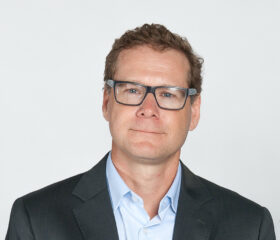 Like most businesses in South Florida, we depend on tourism and hospitality. Servicing those industries is the core of our activity. Several projects were put either on hold or canceled. We project that some of these projects will come online later this year or throughout 1Q21. Nevertheless, we have been able to keep all of our staff and are eager to see what the future brings. We are working to reinvent ourselves in the sense that we see this also as an opportunity. We have created a multidisciplinary team specifically for this task, assessing, re-thinking and re-designing spaces to be healthier and safer for travel, education and work. The objective is to both comply with post COVID-19 regulations and maintain or improve the quality of these spaces. A medium size office, for instance, might not have much of an issue as it boils down to installing a few sanitation stations, separating the desks and other simple strategies. A corporation with several floors and hundreds or thousands of employees, in contrast, can be a quite daunting task in terms of logistical and spatial reorganization. Our multidisciplinary team provides expertise in architecture, design and engineering. Some of the measures can be quickly put in place and are not very complicated, helping to welcome back staff, students or passengers right away. In the long run, more permanent changes in configurations and building systems can be implemented once the business is on a better financial footing.
Like most businesses in South Florida, we depend on tourism and hospitality. Servicing those industries is the core of our activity. Several projects were put either on hold or canceled. We project that some of these projects will come online later this year or throughout 1Q21. Nevertheless, we have been able to keep all of our staff and are eager to see what the future brings. We are working to reinvent ourselves in the sense that we see this also as an opportunity. We have created a multidisciplinary team specifically for this task, assessing, re-thinking and re-designing spaces to be healthier and safer for travel, education and work. The objective is to both comply with post COVID-19 regulations and maintain or improve the quality of these spaces. A medium size office, for instance, might not have much of an issue as it boils down to installing a few sanitation stations, separating the desks and other simple strategies. A corporation with several floors and hundreds or thousands of employees, in contrast, can be a quite daunting task in terms of logistical and spatial reorganization. Our multidisciplinary team provides expertise in architecture, design and engineering. Some of the measures can be quickly put in place and are not very complicated, helping to welcome back staff, students or passengers right away. In the long run, more permanent changes in configurations and building systems can be implemented once the business is on a better financial footing.
Nik Middleton, Senior Founding Partner & CEO, CUBE 3 Studio LLC
We have been at the forefront of this since early March. We took an extensive look at our sectors and launched a national design campaign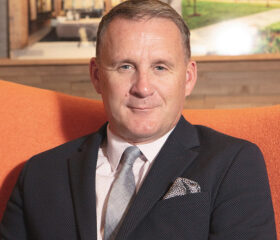 called #DesigntoAdapt. The concept looks at a “day in the life” of an employee and what their life is now like on a minute-by-minute basis. We have also found that everything has gotten smaller in today’s world. In corporate America, average square footage per employee is about 95 to 100 square feet today compared with 200-250 square feet 10 years ago. The workstation went away and collaboration space came into play. Similar things are happening in residential spaces, with apartments going to 800 square feet from 1,100 square feet, and now that needs to pivot yet again.
called #DesigntoAdapt. The concept looks at a “day in the life” of an employee and what their life is now like on a minute-by-minute basis. We have also found that everything has gotten smaller in today’s world. In corporate America, average square footage per employee is about 95 to 100 square feet today compared with 200-250 square feet 10 years ago. The workstation went away and collaboration space came into play. Similar things are happening in residential spaces, with apartments going to 800 square feet from 1,100 square feet, and now that needs to pivot yet again.
We are now going to start going back to larger square footages and there will be adaptation of multifamily housing units that allow people to work from home. We are seeing more decentralization of companies, splitting up and moving to different locations. We are starting to see employers say that 25% of people can work from home indefinitely so we need to adapt to that world. Clubhouses will become less open plan, decentralized to a modality where it is more fragmented and more isolated and easily cleaned. Virtual learning is another trend coming out of the pandemic and going forward half of students will attend classes while the other half will attend lectures in a virtual format in another area of the student accommodation.
For more information on our interviewees, visit:
